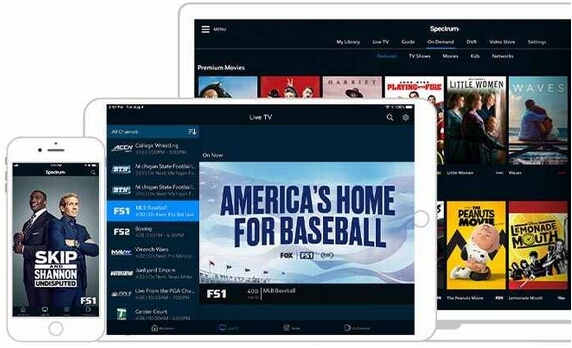An “Aha” Moment
Initially, the development team did not embrace the voice of their customer to refine the prototypes; they felt that the average subscriber did not have the expertise to provide insights into web/app design. However, this changed during the first weekly touchpoint between moderators and client stakeholders.
After the moderator provided the initial VOC feedback, indicating a disconnect between what developers thought their viewers wanted, and what they were stating they wanted, an audible gasp could be heard through the conference call line. Then, the conversation went something like this:
Developer: So, we can talk to these folks over and over again, and ask them questions about each prototype as we update them?
Moderator: Yes.
Developer: And we can keep showing them updated versions of the prototypes and get their input on what works and what doesn’t work?
Moderator: Yes
Developer: And if they say something we find interesting, and we want to follow up with them on that specific bit of information, we can do that?
Moderator: Yes
Developer: Aha, this can come in handy.
From this point forward, the developers became fully engaged in this iterative, collaborative process, and incorporated as much of the insights they learned from study participants as they could into the design and navigation of the portal and iPad app. In fact, the lead developer remained in constant contact with the moderator for the duration of the study, to make sure all of his questions about every iteration of each prototype were answered. They took full advantage of their ability to collaborate with viewers and hear the voice of their customer in action.
This cycle prototyping and iterating continued for the length of the study, culminating in a version of both the portal and the iPad app that was ready to go to market.




